AI Holograms
Life-sized holographic projections that look into your eyes and speak back
What are AI Holograms?
An AI Hologram is a life-sized, three-dimensional presence powered by artificial intelligence and rendered through high-resolution holographic displays. The AI enables real-time, responsive interaction, while the holographic technology delivers striking 3D visuals that can be seen with the naked eye.
True-to-Life Virtual Person
A full-scale digital human with natural expressions and fluid conversation ideal for speakers, hosts, and brand ambassadors.
Feels like a real person in front of you: responsive, engaging, and felt beyond the screen.
Futuristic Brand Character
A high-concept digital persona, from sleek robotics to steampunk or fantasy-inspired, designed to match bold branding and command attention.
Perfect for innovation hubs, tech-driven events, and brands that think beyond ordinary.
Expressive Digital Mascot
A lively, animated figure full of charm and personality that shines in education, entertainment, and connecting with younger audiences.
Fun, spirited, and eye-catching, it’s a perfect fit for playful, story-led interactions.
Product That Speaks for Itself
Your spotlight item, reimagined as an interactive holographic representative: memorable, persuasive, and made to sell itself.
Drawing people in, it tells its story with edge and clarity, turning attention into conversion.
Ambient AI Presence
An abstract, intelligent form that listens and responds no face, no body, just pure interaction, shaped by shifting light and subtle motion.
Merging aesthetics with a digital mind, it turns every exchange into a sensory experience.
Why Choose AI Holograms?
Responsive AI in
3D Projection
Wow Effect That
Stops Crowds
Effortless Plug-In
Setup
Flexible Formats
for Any Scenario
Holographic Display Technology
Holographic display technology combines 4K-resolution projection, depth-calibrated lighting, and transparent, touch-reactive glass to render digital beings in physical space. Delivering vivid 3D visuals that seem to break free of the display, it unlocks interaction that feels authentic and true-to-life.
HOLOWALL
An ultra-wide holographic wall made of multiple tiled 4K displays, designed to render expansive AI Holograms. Best suited for dynamic performances, high-traffic entrances, and multi-avatar showcases.
HOLOBOX L
A life-sized holo display to showcase full-body AI avatars. Whether at events, showrooms, or branded settings, it delivers immersive, human-scale experiences that become the focal point in any space.
HOLOBOX M
A versatile mid-sized unit designed for mobility and adaptability. Perfect for conferences, exhibitions, and venues that demand both easy setup and distinctive audience experiences.
HOLOBOX S
A compact, portable solution designed for retail counters, shelves, and tight spaces. Ideal for high-impact, real-time interactions where footprint is limited but visibility still matters.
Discover the Only Holobox with High-End GPU
Instant rendering.
Precise sync. Zero compromise.
RAVABOX isn’t just a holographic display. It’s a high-spec system with integrated computing that does the heavy lifting on its own. Powered by a built-in NVIDIA RTX 5090 GPU, it delivers a kind of fidelity and timing traditional setups can’t touch:
- Ultra-fast frame rendering with no perceptible latency
- Crisp image detail with live lighting and texture smoothing
- Tight speech-to-motion sync for accurate lip movement
- Onboard content processing with no reliance on internet or external systems
- Touch Screen
- Quality Sound
- Wi-Fi Connectivity
- High Mobility
- Always-On System
- Plug-and-Play Ready
- Multi-Port Setup
Core Technologies Behind the AI Hologram
More than an illusion of light and form, AI Holograms deliver presence with purpose. Backed by a layered AI infrastructure blending hyper-realistic visuals, fluent communication, and domain-aware expertise, they enable encounters marked by immediacy and insight.
- Conversational AI
Natural, real-time dialogues that feel context-responsive and character-driven
- Tailored AI Voice
Support for integrated custom voices aligned with avatar’s tone, function, and expressive range
- Metahuman-Based Characters
High-fidelity visual models with cinematic realism at full-body scale, built with Unreal Engine
- Launch via Genesis Studio
Instant hologram deployment with no additional setup, delivered through a direct link
- Custom LLM Integration
Domain-specific intelligence aligned with industry vocabulary, workflows, and real-world scenarios
-
Pre-Trained
Knowledge Base
Targeted, reference-level data layer guiding the AI’s factual accuracy and task-specific responses







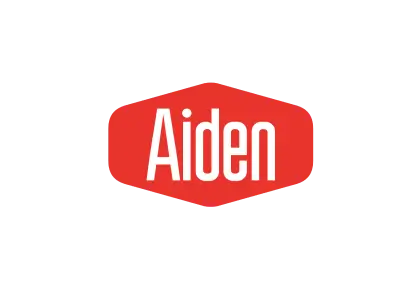
AI-Powered Interactive Presence
Real-time smarts, a touch of personality, and seamless control for smooth operation behind the scenes.
It’s how AI Holograms move beyond visual spectacle to become part of the moment across languages, settings, and audiences.
-
AI-Driven Personality
-
Real-Time
Two-Way Interaction
-
Facial Expressions
& Micro-Movements
-
Multilingual Communication
-
Cloud & On-Prem Deployment
-
Intuitive Control Panel
AI Holograms vs 3D Avatars vs XR Formats
Physical Precense
-
Feels spatial and present
in the real world
- Limited to screens
- Fully virtual
Visual Fidelity
-
Close-to-reality visuals
with sharpness and depth
- Scales with screen resolution
-
Depends on
hardware
Equipment Requirements
- Walk-up interaction, no gadgets needed
- Accessible on any device
- Requires AR/VR/XR headsets or glasses
Immersion Level
- Authentic face-to-face encounter
- Screen-only engagement
- Advanced immersive experience
Deployment Simplicity
-
As easy as opening a link
on a holographic device
- Fast integration and easy updates
- Advanced deployment with technical integration
Audience Reach
-
Accessible live to
large groups
- Wide reach across digital platforms
- Individual, limited by equipment availability
User Appeal
-
Strong novelty and
wow effect
- Familiar and approachable
- Varies with design and execution
Best-Fit Scenarios
-
Best for live events,
retail, public spaces
-
Best for web and
mobile
- Best for immersive games and simulation
AI HOLOGRAMS
| Feels spatial and present in the real world |
3D AVATARS
| Limited to screens |
XR FORMATS
| Fully virtual |
AI HOLOGRAMS
| Close-to-reality visuals with sharpness and depth |
3D AVATARS
| Scales with screen resolution |
XR FORMATS
| Depends on hardware |
AI HOLOGRAMS
| Walk-up interaction, no gadgets needed |
3D AVATARS
| Accessible on any device |
XR FORMATS
| Requires AR/VR/XR headsets or glasses |
AI HOLOGRAMS
| Authentic face-to-face encounter |
3D AVATARS
| Screen-only engagement |
XR FORMATS
| Advanced immersive experience |
AI HOLOGRAMS
| As easy as opening a link on a holographic device |
3D AVATARS
| Fast integration and easy updates |
XR FORMATS
| Advanced deployment with technical integration |
AI HOLOGRAMS
| Accessible live to large groups |
3D AVATARS
| Wide reach across digital platforms |
XR FORMATS
| Individual, limited by equipment availability |
AI HOLOGRAMS
| Strong novelty and wow effect |
3D AVATARS
| Familiar and approachable |
XR FORMATS
| Varies with design and execution |
AI HOLOGRAMS
| Best for live events, retail, public spaces |
3D AVATARS
| Best for web and mobile |
XR FORMATS
| Best for immersive games and simulation |
Holowall for Public-Scale Encounters
Built to deliver expansive interactive scenes, Holowall turns ordinary spaces into high-impact destinations. Immersive performances, live storytelling, and staged brand experiences unfold at architectural scale, transforming public areas, cultural venues, and other busy environments into attention-grabbing landmarks.
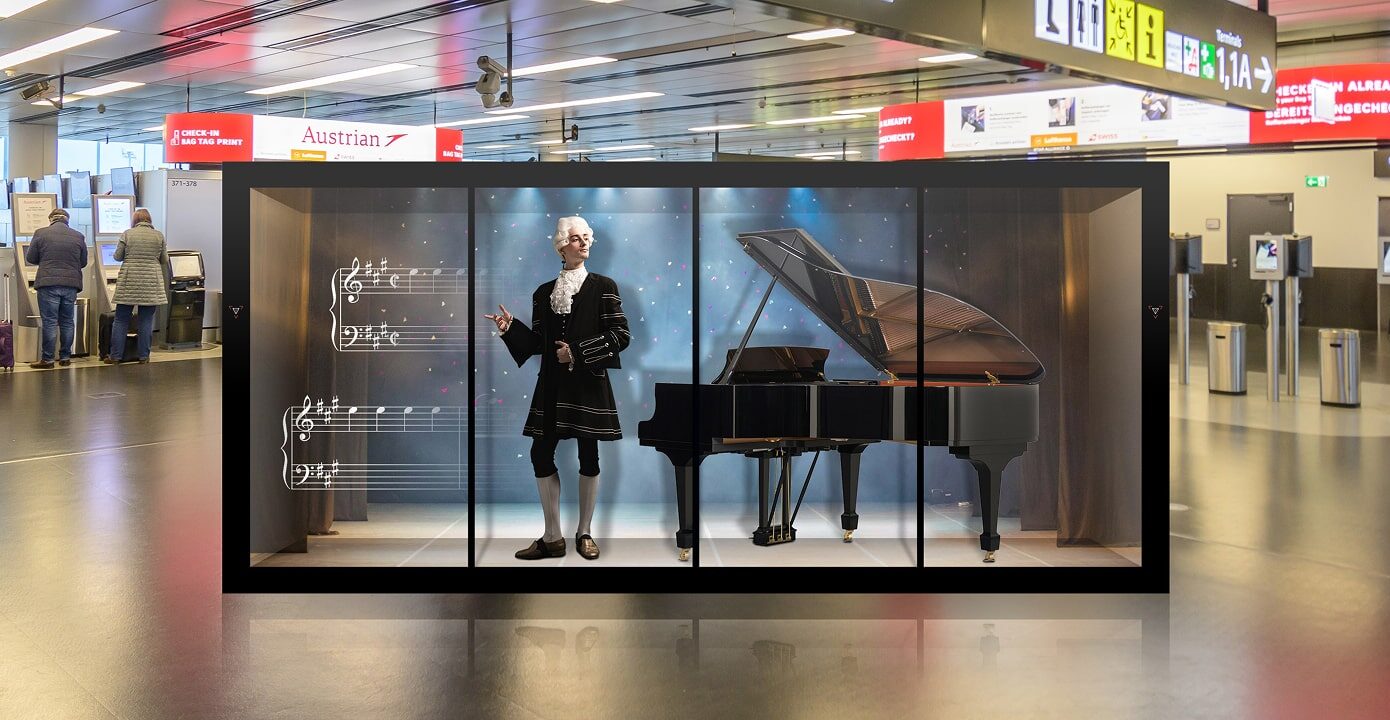
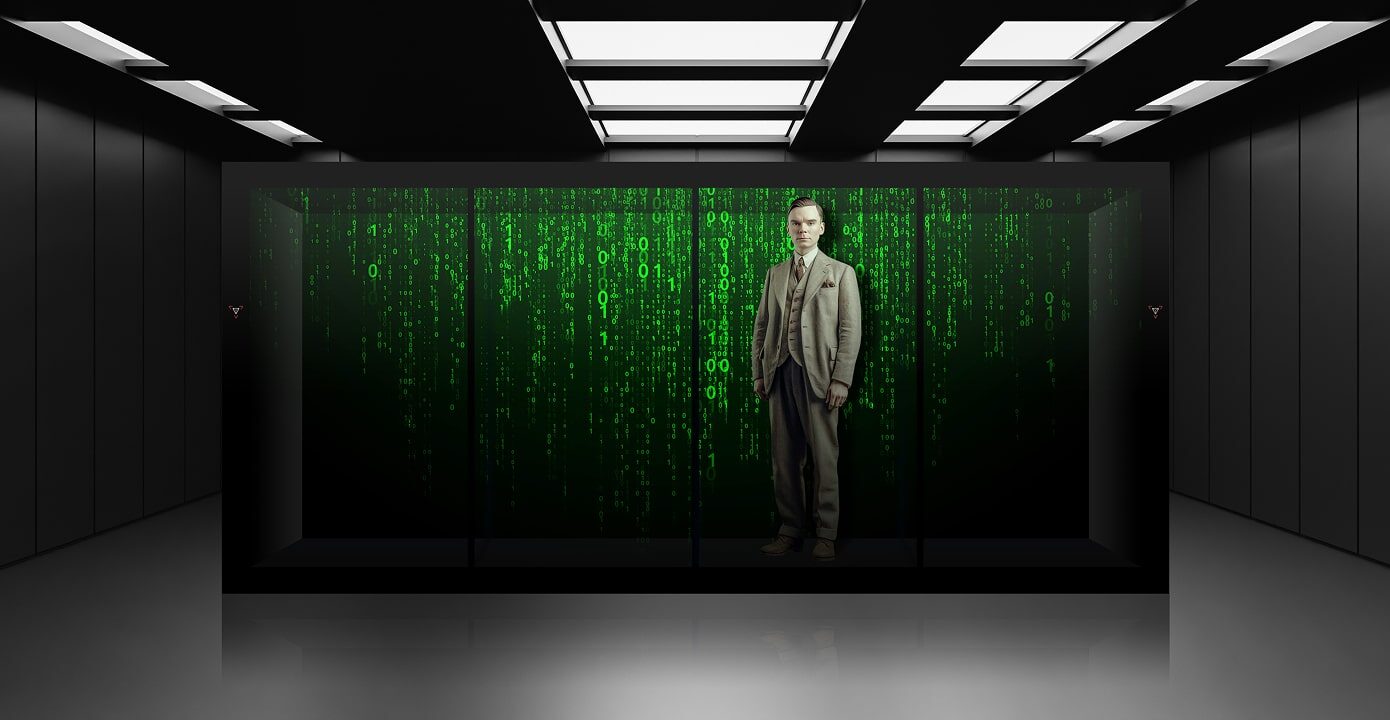
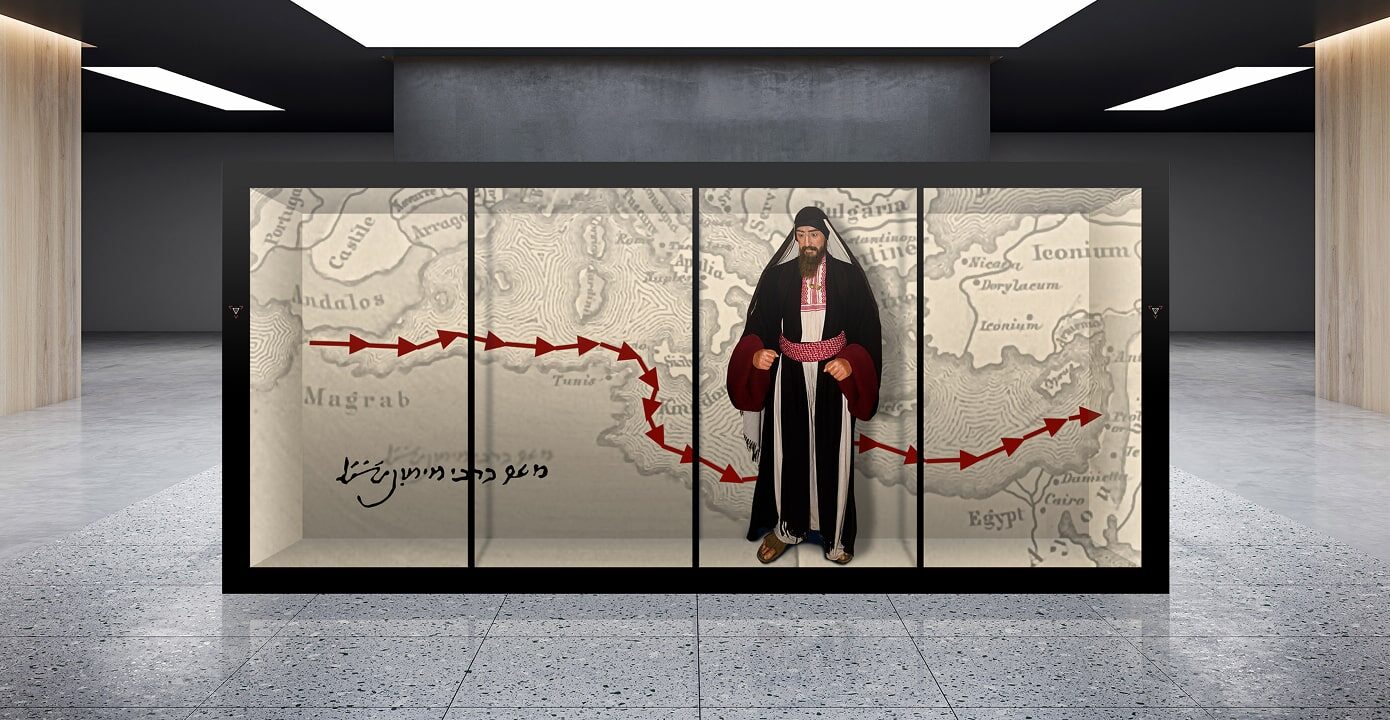
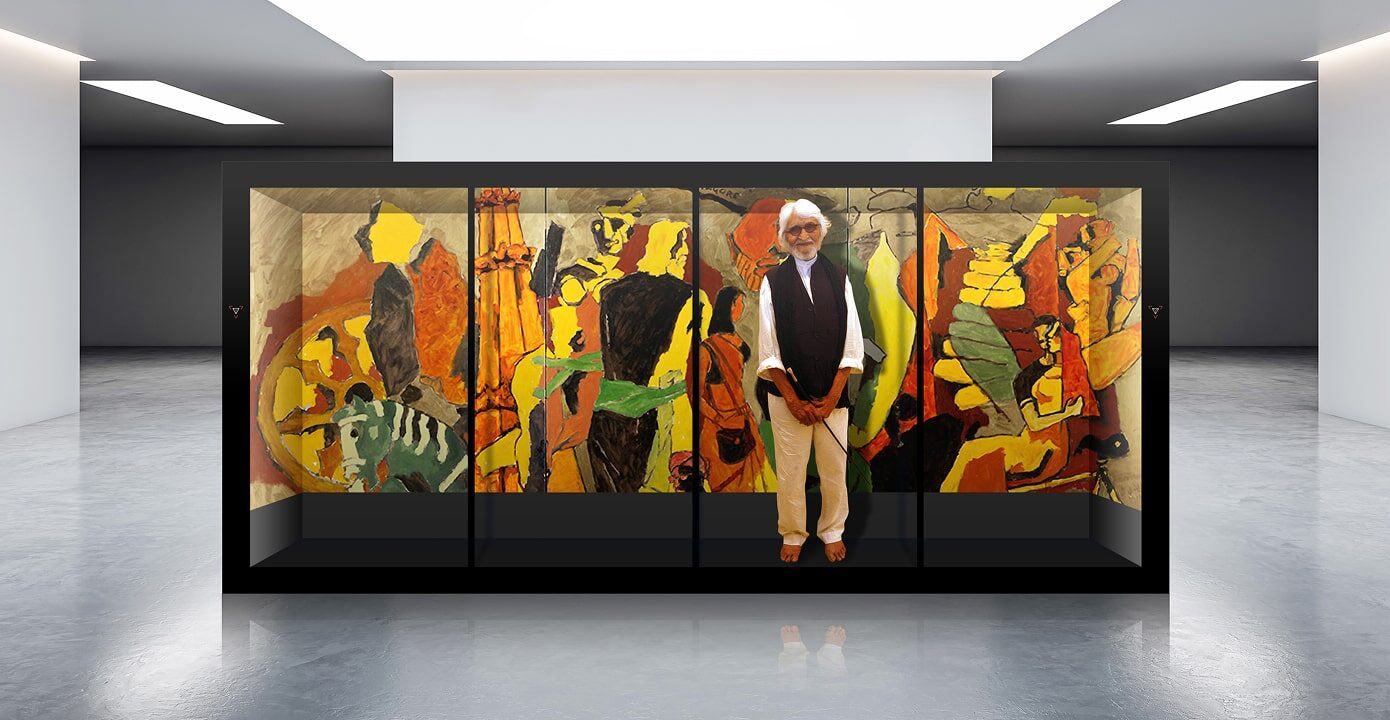
Frequently Asked Questions
What is an AI hologram?
An AI-powered hologram is a holographic 3D digital projection capable of live interaction, designed to occupy space and hold attention. Unlike a static hologram image or pre-rendered visual, an AI hologram is driven by an underlying intelligence that lets it listen, respond, and adapt in real-time. Rather than a holographic video loop playing on repeat, it’s a system that reacts to your presence and carries the interaction forward.
Most often, it takes the form of a full-body AI avatar, digital human, or stylized interactive character, standing inside a holobox — a transparent holographic display that ensures spatial depth for the hologram picture. In larger-scale setups with higher complexity, a holographic wall can be used to stage multi-avatar scenes, immersive performances, and spatial narratives that unfold across the entire visual surface.
In practical terms, AI holograms are typically used to represent AI employees, brand mascots, dynamic hosts, historical figures, and other virtual agents that can speak, answer questions, perform in branded environments, or guide people in public settings. That’s what sets this technology apart — not the hologram image alone (though often impressively photorealistic), but the combination of real-time interaction and spatial presence. Moreover, holographic AI does not require any wearable hardware to interact with, which makes it highly effective for reaching broad audiences in shared spaces.
Simply put, AI hologram technology is a way of embedding digital intelligence into physical space — not just as content to consume, but as a functioning part of the environment.
How do AI holograms work?
AI holograms combine advanced 3D holographic technology with a conversational AI engine. The holographic display projects a full-body digital avatar inside its enclosure, making it appear as if an AI person truly stands there, in three dimensions, moving and speaking in real-time.
What you see is a combination of precision lighting, layered visuals, and depth tricks. But what makes it more than just a projection is the AI behind it, which allows the digital character to not just play back pre-written lines but to listen, react, and respond in the moment, drawing from trained data, machine learning, language models, decision rules, and custom logic. The tech behind the scenes is complex, but the experience is simple: you talk, it answers — just like someone real is actually there.
What are the AI hologram use cases in real-world applications?
You’ll find AI holograms in places where presence matters — not just to talk, but to be seen, noticed, and remembered. That might be a hotel lobby, trade show booth, museum, or retail environment where a holographic virtual assistant greets visitors, answers questions, and walks them through products.
In more immersive setups, like panoramic holographic walls, life-sized AI holograms become part of a larger scene, delivering presentations, performances, or interactive storytelling at a bigger scale.
Typically, holographic AI is used for product launches, exhibitions, live demos, stage appearances, or anywhere you need the room to stop and look, now moving toward widespread adoption Whether conversational or theatrical, the point remains the same: direct interaction with a digital figure in space, reacting and responding in real-time as if it were speaking for itself — one of the key benefits driving its growing use in live and branded settings.
Can I get a custom AI hologram with a specific appearance and voice?
Yes. What you see on a holographic display is fully customizable to match your brand or purpose — not just the voice or face, but the entire form, behavior, and expression style. An AI hologram can appear as a humanlike avatar, someone’s digital twin, a brand mascot, a stylized robot, a talking product, or even something more abstract, such as a glowing sphere or ambient presence that interacts without taking shape. Whether it needs to move, respond, or perform, your holographic AI employee can be designed to fit, delivering a transformative experience tailored to your environment and audience. Voices can be generated synthetically or cloned from a real person, depending on your project goals and licensing terms.
For large-scale formats like holographic walls, an AI hologram can be developed as a full-scene performance with one or more characters, spatial interactions, and narrative flow that plays out across the environment. It can be configured for real-time responsiveness, scheduled delivery, or a combination of both, offering a new approach to scenario-driven, interactive content in shared settings.
Are AI hologram images visible without special glasses?
Yes. The holographic displays used for AI holograms, including holoboxes and holowalls, are designed to produce lifelike three-dimensional holographic visuals that can be seen with the naked eye. Viewers don’t need headsets, glasses, or any other external gear – the dynamic hologram image appears clearly as a visual presence within the display enclosure and remains visible from multiple angles in the surrounding space, making it ideal for future-facing public deployments.
What is a holographic wall, also known as a holowall?
A holographic wall is a large-format display made from a scalable number of synchronized, edge-to-edge holgoraphic panels that function as a unified projection surface. It’s designed for ambitious projects where a single digital avatar or holobox isn’t enough, such as presenting multiple AI characters, complex 3D visuals, full-scene motion, or layered content rendered fluidly across a seamless, panoramic canvas.
The hollowall creates a continuous visual field that can deliver live performances, immersive timelines, spatial narratives, ambient storytelling, and branded interactions across its full span. Beyond flat configurations, holographic walls can also be assembled as corners, curves, or arches to match spatial layouts and creative staging. That’s why this format is often used in public-facing environments that demand both scale and impact — museum floors, exhibition halls, transport hubs, and other high-traffic spaces where the experience has to stand out at a glance and capture attention as people pass through.
What’s the difference between an AI hologram and a digital human?
A digital human is a full-body AI avatar designed to look and behave like a real person. It lives on screens, in apps, or embedded in websites, interacting through voice, gestures, and expressions.
AI hologram technology takes that same digital avatar and places it into real-world space using 3D holographic projection, giving it physical presence, a sense of scale, and spatial depth that flat screens or augmented reality can’t replicate. The AI behind both may be similar, but the format shifts the experience: one stays behind the screen, while the other shares the same room with you.
Can AI holograms interact with people?
Yes. AI holograms can engage in real-time conversation, answering questions, assisting visitors, demonstrating products, guiding interactive narratives, and more. Their behavior is driven by AI agents built on large language models (LLMs), combining speech recognition, natural language processing (NLP), and dynamic response generation to enable context-aware conversations. Depending on the setup, they can serve as virtual employees, tailored to a specific role, task, tone of voice, and conversation style. These AI-powered holographic avatars also support multilingual communication, adapting on the fly through automatic language detection to connect with diverse audiences and respond dynamically to user requests.
What kind of hardware is required for AI holograms?
AI holograms are delivered via dedicated holographic displays capable of rendering three-dimensional visuals with spatial depth, visible to the naked eye. Depending on the format, this may be a self-contained unit like a holographic box or a large-scale wall composed of multiple synchronized holographic panels. These systems typically feature onboard computing to run the AI agent behind the avatar, manage real-time interaction, and coordinate visuals, audio, and timing. Varying by setup, voice input and environmental awareness may involve built-in or external microphones and additional sensors. Viewers don’t need any special equipment, such as headsets or glasses, to see or interact with an AI hologram.
RAVATAR’s digital humans and interactive holographic solutions integrate smoothly and perform reliably on all major holographic display systems. We support compatibility with leading providers of holographic display technology, including Holoconnects, PROTO, and METABOX, among others. For those seeking a turnkey solution, we also offer bundled options that come with AI holoboxes in various sizes or a wide-format holographic wall.
How much does an AI hologram solution cost?
For single-avatar use cases, you can take advantage of the self-service Genesis AI Avatar Studio to create and configure your AI holograms. All digital humans, AI presenters, and AI employees developed within the Studio are fully compatible with most holographic displays on the market. To generate your hologram AI persona, you can choose from a set of predesigned digital avatars and define their behavior using built-in tools — connect them to a default or custom LLM, integrate tailored ElevenLabs voices, assign roles and tasks, enable multilingual interaction with recognition and response in specific languages, and more. Holographic output is supported natively and can be accessed directly from the Studio during avatar setup. See the Pricing page for details on available Studio subscription plans.
As for the custom AI hologram solutions, they can vary in scope and cost. Pricing depends on multiple factors such as avatar complexity, its visual design, interaction logic, voice synthesis method, and the type of holographic display used. Costs may also differ based on technical requirements — for instance, if the hologram AI needs to be integrated with an existing on-premise system or 3rd-party AI services, trained on proprietary data, or configured for retrieval-augmented generation (RAG). Multi-avatar scenes, spatial performances, and wall-scale deployments are also handled as custom builds.
Each project is unique. Get in touch to discuss what you’re building, whether it’s a standalone digital character or a project that requires a full bundled setup with hardware, and we’ll estimate accordingly.
Engage Smarter with
Real-Time AI Holograms!